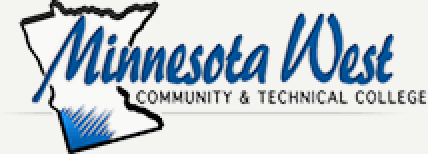SURG 1151 Operating Room Procedures II
SURG 1151: Operating Room Procedures II
Description
Operating Room Procedures II enables students to understand various types of surgical procedures. Students will relate the knowledge learned in previous theory courses to specific surgical procedures. The types of cases to be studied will included Otorhinolaryngologic, Orthopedic, Cardiothoracic, Peripheral Vascular surgeries, and Neurosurgery. The areas of anatomy, diagnostic testing, patient positioning, instrumentation, equipment and supplies necessary to complete a surgical procedure and the actual sequence of the procedure will be analyzed.
Credits
4
Prerequisite
SURG 1120 and SURG 1150
Corequisite
None
Topics to be Covered
1. Employability skills and job seeking skills
2. Incisions and tissue approximation
3. Surgical procedures and operative sequence
4. Preoperative diagnosis & diagnostics
5. Anatomy & physiology
6. Patient positioning and positioning devices
7. Creation and maintenance of the sterile field
8. Basic case preparation and selection
9. Identify and prepare various surgical instruments, supplies and equipment
10. Preanesthesia skills
11. Skin preparation
12. Fire awareness
13. Identify, prepare, and pass instruments including loading suture right & left handed
14. Specimen care, dressings, drains, wound classifications, and postanesthesia care
Learning Outcomes
1. Develop a professional resume and demonstrate responsible and accountable behavior, assess employment opportunities and develop employment and interview strategies, and compare and contrast various types of employment applications and follow-up correspondence.
2. Apply medical terminology as it relates to each procedure.
3. Compare and contrast the approach and sequence of each procedure.
4. Identify the various types of incisions, the anatomy and physiology as related to each type of incision and the principles of exposure.
5. Discuss the diagnostic procedures and pathology used to obtain a diagnosis.
6. Discuss the different incisions and which incision is best for the different surgical procedures.
7. Recognize the necessary supplies, instrumentation, and equipment for each procedure and identify which instruments will be placed on the Mayo stand.
8. Describe preoperative patient preparation and considerations for each procedure including positioning of patient each procedure.
9. Identify the wound classifications for each procedure.
10. Discuss postoperative care, considerations, and potential complications for the surgical patient.
Credit Details
Lecture: 4
Lab: 0
OJT: 0
MnTC Goal Area(s): None
